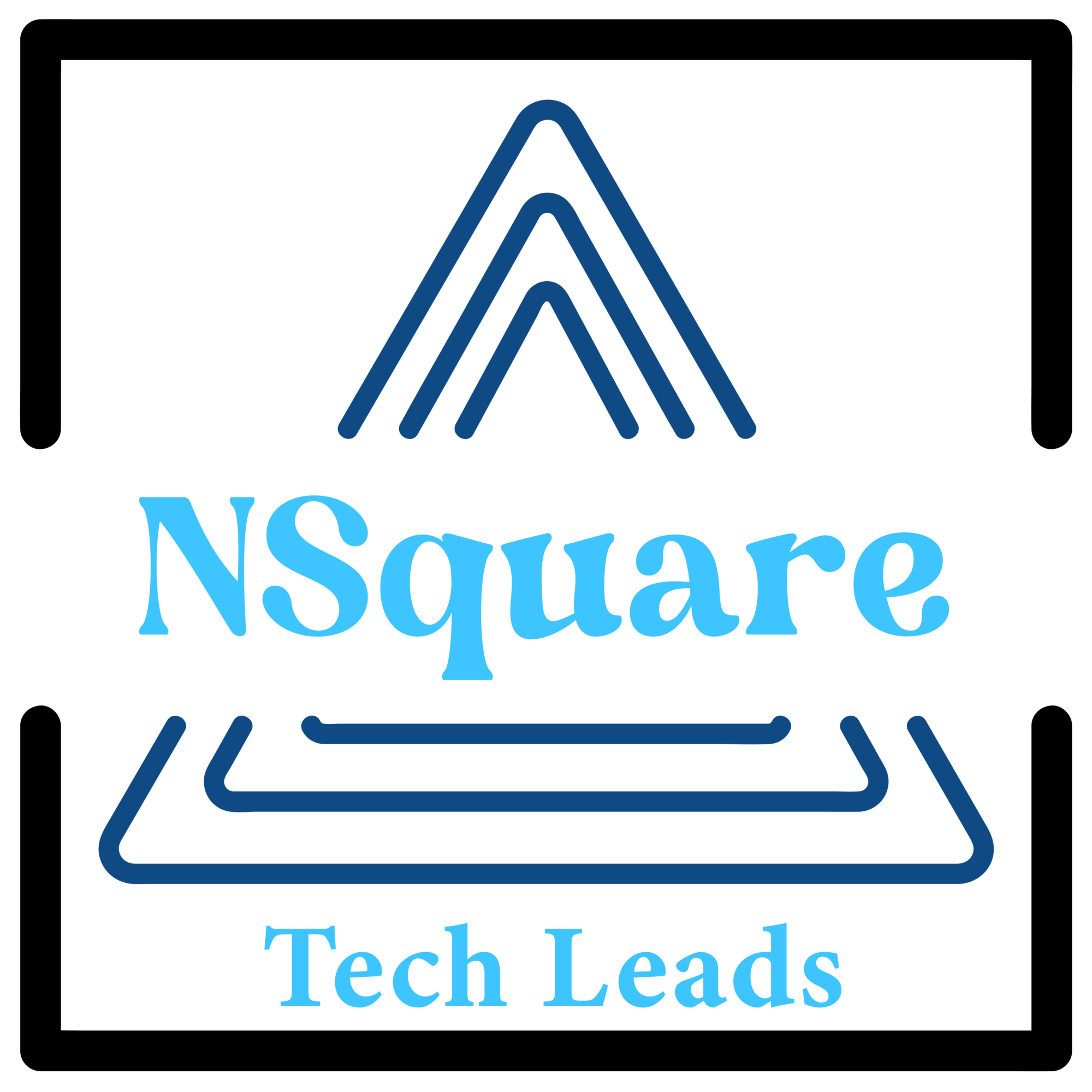Table of Contents
- Introduction
- Understanding Call Back Leads
- Importance of Confirmed Call Back Leads
- Strategies for Turning Intent into Action
- 4.1 Personalization and Customization
- 4.2 Prompt Follow-up
- 4.3 Leveraging Technology
- 4.4 Nurturing Relationships
- Case Studies: Successful Conversion Stories
- Conclusion
5. Case Studies: Successful Conversion Stories
Let’s delve into real-world examples that demonstrate the effectiveness of the strategies discussed in converting intent into action.
Case Study 1: Tech companies.
Tech companies, a leading provider of software solutions for businesses, aimed to improve its lead conversion rates through personalized engagement and prompt follow-up.
Strategy Implemented: The tech companies utilized advanced CRM software to track leads and personalize communication based on their interests and browsing behavior. Automated workflows ensured that leads received timely follow-up emails and phone calls within minutes of expressing interest.
Results:
- 35% increase in conversion rates within the first month of implementing personalized communication strategies.
- Average response time reduced from 4 hours to less than 10 minutes, resulting in a 50% increase in lead engagement.
- Customer acquisition costs decreased by 20% due to improved lead nurturing and conversion efficiency.
Case Study 2: Marketing Agencies
Marketing Agencies specializes in helping B2B companies enhance their online presence and lead generation efforts. They aimed to leverage technology to streamline lead management and enhance relationship-building efforts.
Strategy Implemented: The agencies integrated AI-powered chatbots into clients’ websites to engage visitors in real-time conversations and capture lead information. These chatbots utilized natural language processing to provide personalized recommendations and schedule follow-up calls with sales representatives.
Results:
- Lead capture rate increased by 40% within the first month of deploying AI chatbots on client websites.
- 60% of captured leads opted to schedule a callback with a sales representative, indicating high levels of engagement and interest.
- Client retention rates improved by 25% as a result of enhanced lead management and proactive customer support.
Case Study 3: Software companies
Software companies, a SaaS company specializing in project management software, aimed to differentiate itself in a competitive market by focusing on relationship-building and customer satisfaction.
Strategy Implemented: The company implemented a comprehensive customer engagement strategy, including personalized onboarding processes, regular check-ins, and proactive customer support. They also leveraged social media and email marketing to stay connected with existing customers and nurture relationships over time.
Results:
- Customer churn rate reduced by 30% as a result of proactive customer support and relationship-building efforts.
- 70% of existing customers referred new leads to the company through word-of-mouth and social media recommendations.
- Net Promoter Score (NPS) increased from 45 to 65 within six months, indicating higher levels of customer satisfaction and loyalty.
1. Introduction
In today’s competitive B2B landscape, generating leads is just the beginning. The real challenge lies in converting those leads into confirmed callbacks and ultimately into loyal customers. This blog explores the significance of confirmed callback leads and strategies to transform intent into action.
2. Understanding Call Back Leads
Before delving into strategies, it’s crucial to grasp the concept of callback leads. These are potential customers who have expressed interest in your product or service and have provided their contact information, inviting further communication.
3. Importance of Confirmed Call Back Leads
Confirmed callback leads represent a significant opportunity for conversion. Unlike cold leads, these individuals have already shown interest, making them more likely to engage with your brand and make a purchase. Leveraging these leads effectively can yield higher conversion rates and ROI.
4. Strategies for Turning Intent into Action
4.1 Personalization and Customization
Tailoring your communication to meet the specific needs and preferences of each lead can significantly enhance engagement and conversion rates. Utilize data-driven insights to deliver personalized messages and offers that resonate with the individual’s interests and pain points.
4.2 Prompt Follow-up
Timely follow-up is critical in nurturing callback leads. Research indicates that the likelihood of conversion decreases dramatically with each passing hour. Implement automated systems or dedicated teams to ensure prompt response to inquiries and expressions of interest.
4.3 Leveraging Technology
Harness the power of technology to streamline lead management and communication processes. Utilize customer relationship management (CRM) software to track interactions, automate workflows, and prioritize leads based on their likelihood of conversion. Additionally, leverage AI and predictive analytics to identify patterns and optimize your approach.
4.4 Nurturing Relationships
Building trust and rapport with callback leads is essential for fostering long-term relationships. Focus on providing value through informative content, personalized recommendations, and exceptional customer service. Engage leads through multiple touchpoints and channels to stay top-of-mind and guide them through the buyer’s journey.

